A match made in hell: The chance meeting in Manchester that led to the Moors Murders

Showing his newest employee around the Manchester chemical firm where he worked, Tommy Craig could have had no idea of the evil and horror she would go on to inflict.
Earlier that day, he had taken a phone call from a 17-year-old called Myra Hindley, who had seen an advert for a typist job at Millwards Merchandising in Gorton.
After inviting her for an interview, he offered the teenager the job on the spot. Hindley accepted and was taken to meet her new colleagues.
Try MEN Premium for FREE by clicking here for no ads, fun puzzles and brilliant new features
Among them was a tall, taciturn man named Ian Brady. Hindley was besotted and quickly became obsessed with the Scot, who was four years her senior.
It would prove to be a match made in hell. Between 1963 and 1965, Ian Brady and Myra Hindley tortured and murdered five children - Pauline Reade, 16, John Kilbride, 12, Keith Bennett, 12, Lesley Ann Downey, 10, and Edward Evans, 17 - before burying their bodies on Saddleworth Moor.
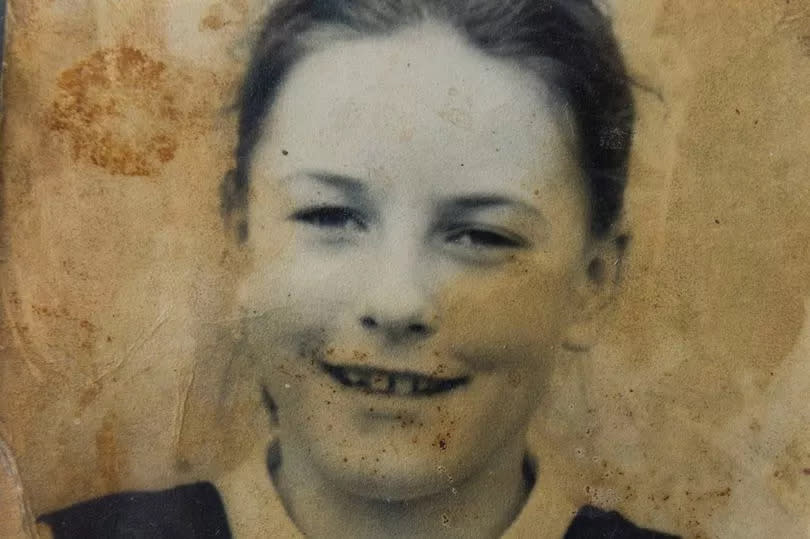
The killings - which became known as the Moors Murders - shook the country to its core and continue to haunt Manchester to this day. This week marked 60 years since the couple's first victim, Pauline Reade, disappeared on her way to a disco on July 12, 1963.
Brady and Hindley were eventually jailed for life on May 6, 1966, for the murders of John, Lesley Ann and Edward. It was not until 21 years later that they finally admitted they had also killed Pauline and Keith Bennett.
Pauline's body was discovered in 1987 - 24 years after she went missing - but Keith still hasn't been found.
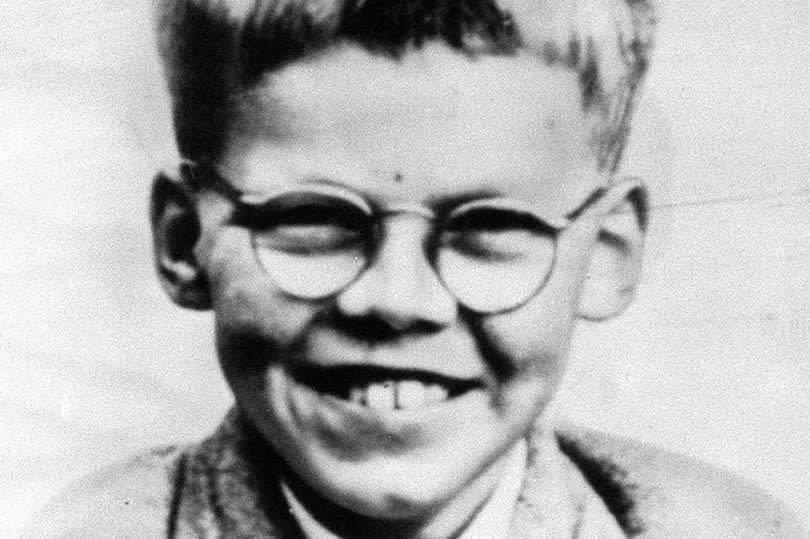
Ian Brady was born Ian Stewart in Glasgow on January 2 1938, the illegitimate son of a waitress. Neglected by his mother Peggy, he was raised by foster parents in the Gorbals from the age of four months and turned to petty crime when he reached adolescence.
The courts sent the young Brady to Manchester to live with his mother and her new boyfriend, Patrick Brady, whose surname he would later assume.
He became a teenage alcoholic and developed new interests. He read Mein Kampf as part of a burgeoning obsession with Nazi Germany and also developed an interest in sexual perversion and cruelty, devouring erotic literature written by Marquis de Sade.

Brady managed to secure a job as a porter at Smithfield Market - in the area today known as the Northern Quarter - but not long after moving to Manchester, he was caught stealing lead and spent time in Strangeways as a boy of 17 before being sent to a borstal.
After his release in November 1957, he joined his mother and stepfather at their new home in Westmoreland Street, Longsight. He later took a job as a stock clerk at Millwards Merchandising, a small chemical distributing firm based in Levenshulme Road, Gorton.
It was here that Brady would meet Hindley in January 1961; his evil had found a kindred spirit.
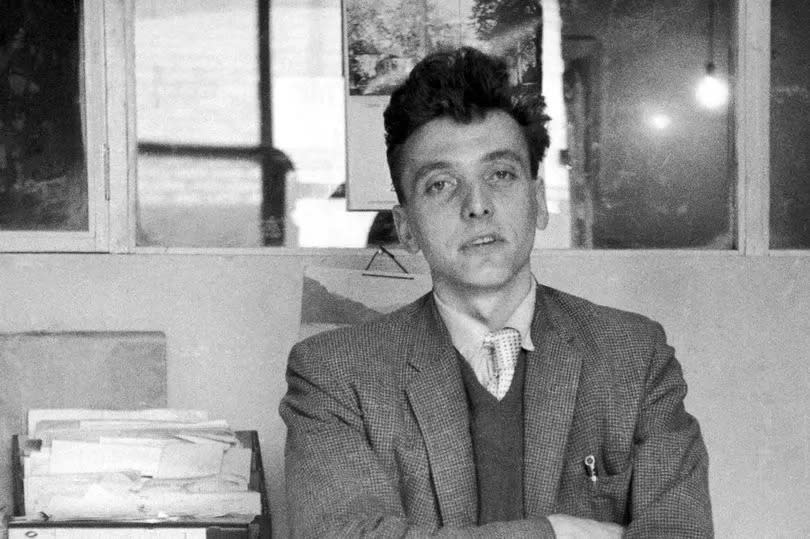
Myra Hindley grew up in Gorton, the first child of Nellie and Bob Hindley. Her mother was a timid figure, her father, an ex-Para, regarded as a tough, undemonstrative man who liked a drink.
When Nellie went back to work as a machinist, Hindley spent much of her time with her grandmother, who lived nearby. Hindley started Peacock Street Primary School at five, but was often allowed to stay off by her grandmother and failed to get the grades for grammar school.
Instead, her above average IQ of 109 took her to Ryder Brow Secondary Modern, where she was in top streams despite poor attendance. But she could write creatively, was quite sporty and was considered responsible enough to be employed as a babysitter.
At 15, she experienced tragedy. Her close friend Michael Higgins, 13, drowned in a reservoir. Hindley was tormented with guilt that she had not been there to save him.
She converted to Roman Catholicism, Michael’s religion, mourned diligently and neglected schoolwork, leaving school altogether soon after. East Manchester was then one of the great industrial workshops of the world, and Hindley found work as a junior clerk at the engineering firm of Lawrence Scott and Electromotors in Openshaw.
Nothing distinguished her from other teenagers of the day. She liked rock and roll, had boyfriends and dyed her hair to make herself look older and more glamorous.
At the age of 17, Hindley spotted an advert for a job as a typist at Millwards Merchandising in Levenshulme Road, Gorton. After phoning up, she was invited for an interview and landed the job.
Details of that fateful day and Hindley's immediate infatuation with Brady were revealed by author Chris Cook in his book The Moors Murderers, which was released last year.
Taking the new recruit to meet her new colleagues, Tommy Craig turned and gestured towards the stock clerk standing by a filing cabinet. "Myra, this is Ian. Ian, this is Myra," he said.
That evening, Hindley went out with a group of friends and could not stop talking about Brady, who she likened to Elvis Presley and James Dean. Yet it would be months before they became an item.
In Brady, Hindley had found the excitement she craved. She called off her engagement with her fiancé Ronnie Sinclair, a tea-blender at the Co-op, and began confiding her longings to her diary.
Eventually, Brady made his move at the office Christmas party and the couple went to the cinema on their first date on December 22, 1961. To please Brady, Hindley bleached her hair and started wearing bright red lipstick - the mask of evil so well known from subsequent police mugshots was taking shape.
By June 1963, Brady had moved in with her in Gorton. Their sexual relationship was charged with sadism, Hindley captivated by her lover's warped philosophising. The following month they committed their first murder - that of 16-year-old Pauline Reade - as their dark sexual obsessions spiralled into pure evil.
Pauline, who was also from Gorton and a schoolmate of Hindley's sister Maureen, disappeared on her way to a disco on July 12, 1963.
She got into a car with Hindley - a woman she knew and trusted - after being offered a lift in Foxmer Street while Brady secretly followed on a motorbike. At Saddleworth Moor, Brady murdered and buried her.
John Kilbride, the eldest of seven children from Ashton-under-Lyne, was snatched, sexually assaulted and murdered on November 23, 1963.
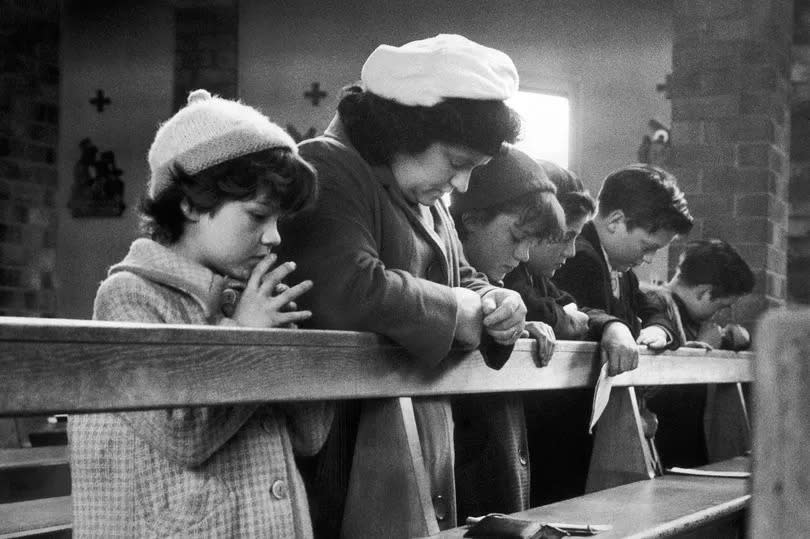
His mother Sheila would religiously set the dinner table for her missing son for two years after the murder until his body was found buried on the moors in October 1965.
Keith Bennett was just 12 when he was lured into a van by Myra Hindley who asked him to help her with some boxes. Her lover and fellow killer Ian Brady was sat on the back seat, on June 16th 1964.
Keith and his family were living in Eston Street, Longsight. Several nights a week, to give their mother Winnie a break the children would stay with their grandma, Gertrude.

Alan, then eight, his sister Maggie, three, and brother, Ian, seven, arrived at their gran's in Morton Street, the other side of Stockport Road. Sister Sylvia, 11, and step sister, Susan, 11, stayed at Eston Street.
Winnie walked Keith to Stockport Road to make sure he was safely across, then waved goodbye. He was never seen again and his body remains undiscovered.
Lesley Ann Downey was lured away from an Ancoats funfair near her home and killed at Hindley’s home at 16 Wardle Brook Avenue, Hattersley, on December 26, 1964.

On October 6, 1965, Edward Evans became Brady and Hindley's fifth and final victim. The Ardwick teenager was at Manchester Central Station, now a convention centre, having been to see Manchester United play Helsinki.
He called at the buffet bar for a drink, but it was closed. The 17-year-old, who worked as machine operator at Trafford Park, was standing by the milk vending machine when he caught Brady’s eye.
Brady recognised Edward from The Rembrandt, the Canal Street pub, and invited him back to his house ‘for a drink’.
Once there, he was killed in a hail of axe blows inside the couple's home. The aftermath of the murder was witnessed by Hindley's 17-year-old brother-in-law, David Smith, who ran into the room to find Brady standing over his victim with the axe.

Fearing for his life, Smith helped Brady clean up and took the body upstairs. Then all three had tea. David remained for hours until he felt it safe to leave and strolled away, feigning calm. Only once out of sight did he sprint home before heading to a phone box and calling the police to describe what he witnessed.
Early the next morning, three officers went to Hindley and Brady’s home, one disguised as a bread man.
Among them was a young detective, Ian Fairley. Recalling that morning in a 2010 interview, he said: "The three of us went in. Hindley was dressed for business and Brady was in bed. We found the body of Edward Evans and we found the guns. Edward Evans was trussed up in a plastic bag in the bedroom."
After arresting Brady for Evans' murder, police started to trawl through his library of books on murder and sexual perversion. With dawning horror, they realised he might be responsible for more than one killing.
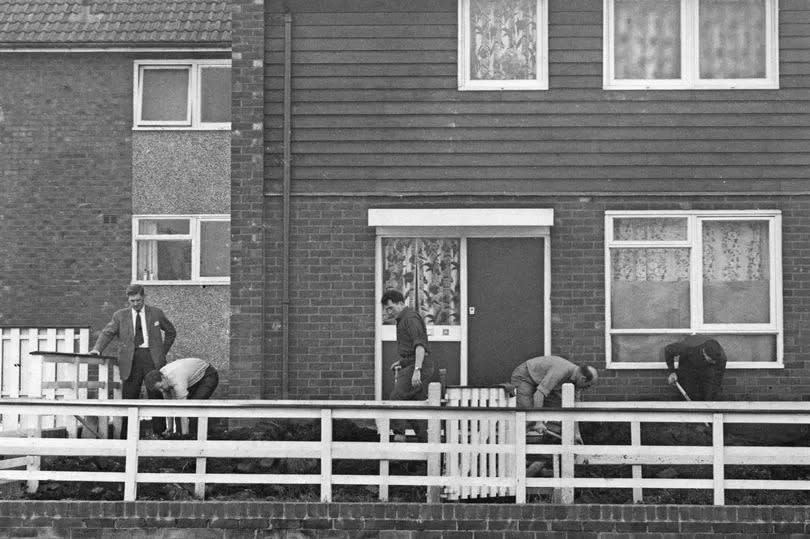
In his wallet they found sheets of paper and plans on how to dispose of Evans' body on the moors. In a notebook written in Brady's handwriting, police found the name 'John Kilbride'. The boy had been missing for two years by then.
Some 150 officers from three police forces - Manchester, Lancashire and Cheshire - formed a unit to search the moorland. On October 10, 1965 the naked body of Lesley Ann Downey was found; eleven days later John Kilbride was recovered from his grave.
A left luggage ticket found at Brady's home eventually led police to suitcases stowed at Manchester Central railway station containing hundreds of photographs, plus Brady's infamous 'trophy' tape of little Lesley Ann pleading for her life.
The search was ended as bitter winter set in… and two children continued to lie, lost, in unmarked graves on that lonely moor.
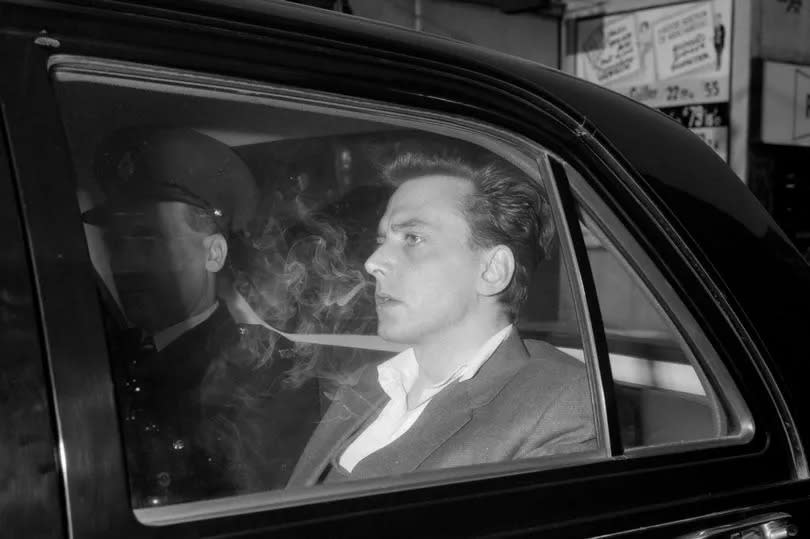
Brady was jailed for life at Chester Assizes in 1966 for the murders of John, Lesley Ann and Edward. Hindley was convicted of killing Lesley Ann and Edward and shielding Brady after John's murder, and jailed for life.
Yet in the decades that followed, their crimes continued to exert a terrible fascination in their home city and far beyond, not least because there were unanswered questions.
It took another 20 years after their trial for Brady and Hindley to admit what everyone already suspected, that they had killed two others, Pauline Reade and Keith Bennett, besides the three for which they had been convicted.
In 1986, both killers were taken separately to the moors bordering Greater Manchester and West Yorkshire to help the search for the bodies.
Police found Pauline’s body a year later but repeated searches for Keith’s remains - the most recent of which was last year - have proved fruitless.

Brady and Hindley's semi-detached home on the Hattersley overspill estate lay empty for more than 20 years before it was demolished by the local council.
Hindley died in 2002, with Brady following in 2017. He spent his last years at the high-security Ashworth Hospital - claiming to be on hunger strike since 1999 - where he was treated as a mentally-ill patient rather than a prisoner.
Part of what makes the Moors Murders so chilling is that they were not committed by some lone predator, but a young couple. The duo's twisted relationship can be traced back to that chance encounter in the offices of Millwards Merchandising.
Perhaps neither had any inkling of the evil to come - but that will never take away the pain their victims' families have endured over the last 60 years.

 Yahoo News
Yahoo News 
